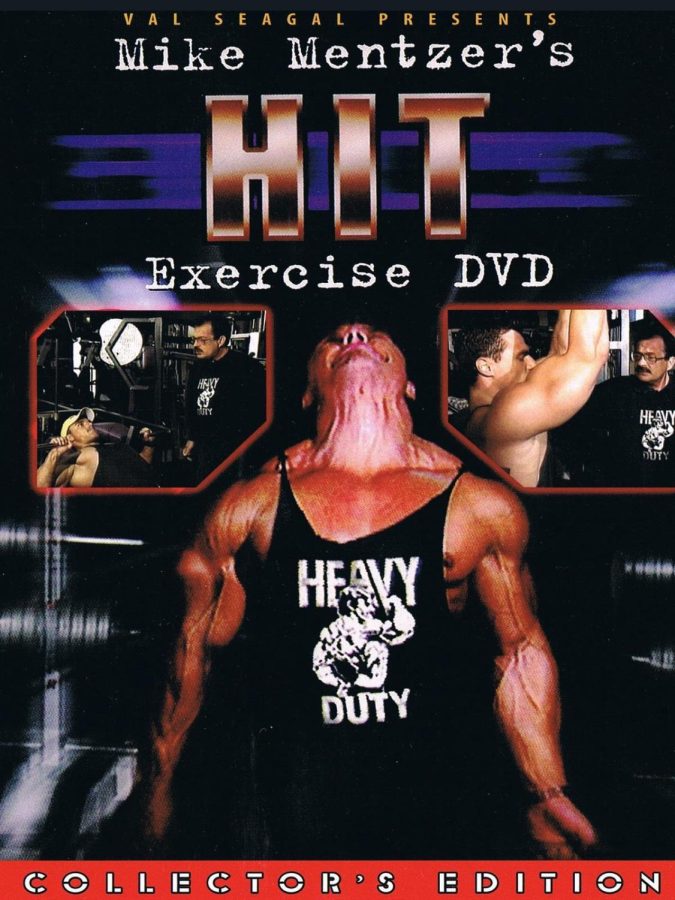The Philosophy of Mike Mentzer – HIT Theory
February 24, 2022
“Your actual, literal purpose as a bodybuilder is to go into the gym, and intelligently do what nature requires to trigger the growth mechanism into motion, then get the hell out, go home, rest, and grow.”
– Mike Mentzer, Mike Mentzer’s High Intensity Training Program (1997)
When it comes to lifting and bodybuilding, there are a variety of different approaches and routines that people like to utilize. Most individuals have their own approach, tailored to their own specific needs or goals; some draw inspiration from professional bodybuilders, such as the classic Arnold split routine (an antagonistic muscle workout routine), while others go for more tried-and-true training program routines, such as push/pull/legs.
One of these “routines” is that of HIT, or High Intensity Training theory, popularized by American IFBB professional bodybuilder Mike Mentzer. During his career, Mentzer would go on to win Mr. Universe in Acapulco, Mexico with a first and only perfect score of 300, as well as the heavyweight class of Mr. Olympia with a perfect 300 score in 1979. He then retired from competitive bodybuilding at 29 after the 1980 Mr. Olympia show, holding his strong belief that the contest was rigged – he did not think he should have won, rather he thought that Arnold should not have (the two became on good terms with one another at a later date).
Possibly the most intriguing part of Mentzer is his bodybuilding philosophy – more specifically, his objective and logical philosophy of heavy duty training, better known as high intensity training. The following information is taken from the second tape of a set of 1997 cassette recordings done by Mentzer, titled Mike Mentzer’s High Intensity Training Program.
The overall premise behind the HIT program is that one must perform exercises with high intensity, and low duration. What makes this program particularly controversial, however, is Mentzer’s permanence on the amount of volume that should be done, and the amount of rest an individual should get between exercises. Below is Mentzer’s logical reasoning:
- Exercise science is divided into two branches, aerobic and anaerobic.
- Aerobic is defined as low intensity, long duration activity (used for endurance), while anaerobic is defined as high intensity, short duration activity (used for strength/muscular size).
- Therefore, as a bodybuilder, one should focus on strictly performing anaerobic exercise, namely with high intensity.
- Mentzer defines intensity as the percentage of possible momentary muscular effort being exerted.
- If an individual were to go with high intensity for the purpose of bodybuilding, the only true way of knowing that one is using their maximum, 100% intensity, is by going to failure.
- People cannot accurately measure how intense they are going, and even with plenty of experience, an appropriate number cannot be measured – only 0 or 100% definitively.
- Because one is training with 100% intensity, and cannot perform another rep on the last rep, they have reached the maximum amount of stimulus on their muscles to trigger growth. In other words, they do not need to do another set.
This is arguably the most controversial point – most people feel like they can do more than one set, but Mentzer argues that if one truly goes to 100% intensity on the last rep of that one set, they do not need to do another. However, individuals do need to perform a couple warm-up sets to prevent injury. The recommendation is to do 1-3 exercises per body part, 1 set per exercise, with 1-2 warm-up sets on the beginning exercises (typically the ones being super set).
Mentzer also recommends longer periods of rest between workouts, anywhere from 3 to even 10 days. This seems like a long time of not being in the gym for those who go frequently, but Mentzer believes it is necessary in order for the muscle to truly grow and be able to provide the individual with the capacity to go to 100% intensity on their next workout.
In the end, this is only one method out of the many, many routines that people use for exercise. One should set their own personal fitness goals, and employ the proper routine, tailored to their own needs, to achieve the results that they desire.




Invictus • Jul 7, 2023 at 10:49 am
Heavy Duty!